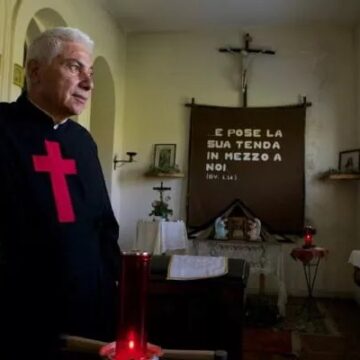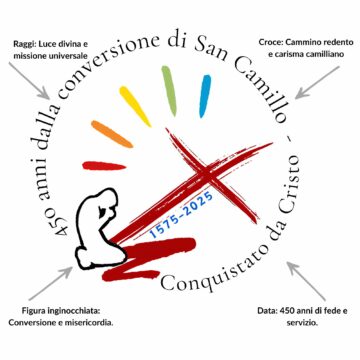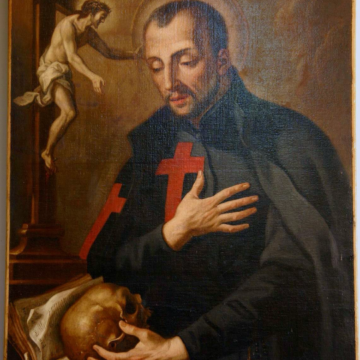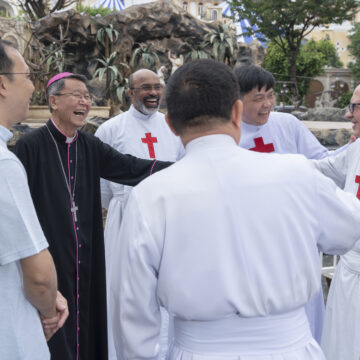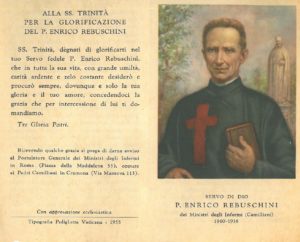 In one of his works, Urs Von Balthasar writes that, in the history of the church “the Holy Spirit all of a sudden reveals things that are well known, but one has never really reflected on them.” To explain his statement, he uses the example of some saints. Before St. Francis of Assisi, he says, no one had really understood the poverty of God and of Christ.
In one of his works, Urs Von Balthasar writes that, in the history of the church “the Holy Spirit all of a sudden reveals things that are well known, but one has never really reflected on them.” To explain his statement, he uses the example of some saints. Before St. Francis of Assisi, he says, no one had really understood the poverty of God and of Christ.
Likewise, who, before Augustine and Ignatius of Loyola, had spoken of the love of God in such a profound way or understood with such precision the obedience of Christ to the Father?
Extending the exemplification of Von Balthazar, I think we can legitimately affirm that none or a few before Camillus de Lellis had penetrated into the deepest meaning of the Gospel phrase: “I was sick and you visited me.”
This does not mean that the charism of the merciful love towards the sick is an exclusive of St. Camillus. In fact, this gift belongs to the whole Church. If this is true, it is equally true that he interpreted it in such an original way as to be defined by Pope Benedict XIV “initiator of a new school of charity.” For the Camillian religious, St. Camillus, after Christ, is the model par excellence of service to the sick. It appears so in some numbers of the new Camillian Constitution:
-C69: “We nurture special love for our Founder St. Camillus; we endeavour to imitate his example.”
-C44: After the example of the Founder, each of us is committed to the ministry twoards the sick “with all dignity and charity, with the affection a loving mother has for her only child who is ill as the Holy Spirit teaches us.”
-C12: “…Following the example of our Holy Father Camillus, we commit ourselves to esteem evermore, to love with all our heart and to practice with all our strength, the ministry to the sick, even at the risk to our life.”
-C13: “Our entire religious life must be permeated by the friendship of God, so that we may know how to be ministers of Christ’s love towards the sick… In this way, we manifest in us that faith which in St. Camillus worked in charity…”
Proposing the example of St. Camillus, the Constitution aims at stimulating every religious to follow Christ together with Camillus and as Camillus followed him. In fact, each Founder of the Institute presents a model of life through which, like Paul, he invites his religious to imitate him in the personal identification with Christ.
There are no doubts that the Venerable Henry Rebuschini, who in a few days would be raised to honours of the Blessed by John Paul II, was an authentic innovator of St. Camillus, a teacher of charity.
But what does it mean to imitate a Saint? It is a legitimate question because in his following and identification with Christ, St. Camillus is in many ways unrepeatable and inimitable. Even when we propose to do what he would do in our place, we cannot avoid being guided by our subjectivity, falling into interpretations that do not necessarily correspond to the truth. Imitating St. Camillus, Fr. Rebuschini did not slavishly repeat what the Founder did, but remained faithful, as St. Camillus was, to the vocation of serving the sick with intelligence and love. And in the particular sphere of his personality and in the specific contexts, he was called to live this and work for this.
The point that unites St. Camillus and Blessed Rebuschini must therefore be sought in the perfection of charity they have reached, which has found its expression in a full dedication to God and to the sick neighbour. St. Camillus would have liked to have a thousand lives so as to put them at the service of those who suffer. In the diary of the young Henry we read these words: “Consume my being to give my neighbours the possession of God; in the wounds of Jesus and in the love of Jesus, to see my neighbours, for them to do every action of mine with the utmost fervor.” Two hearts, therefore, who knew how to love, two people, however, who manifested their charity according to the remarkably differentiated modalities.



